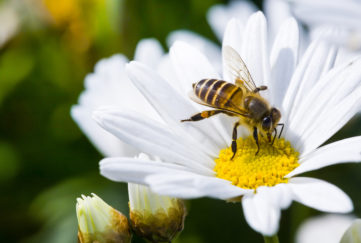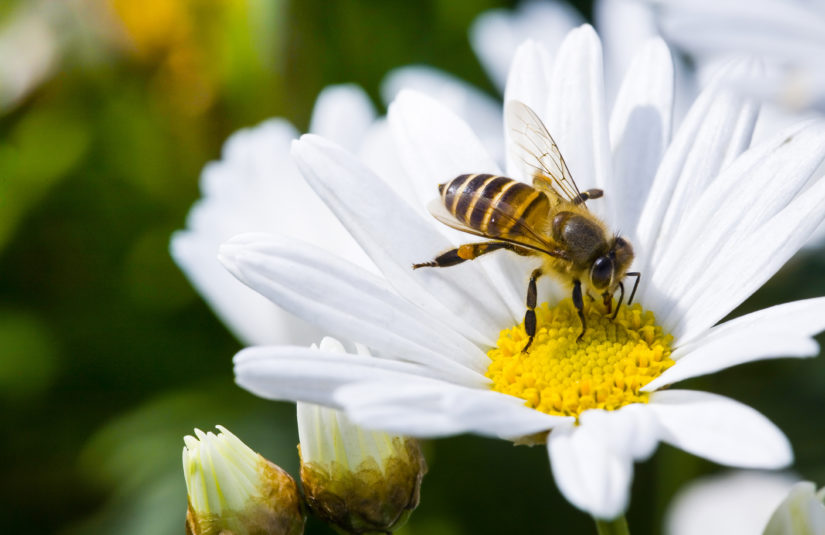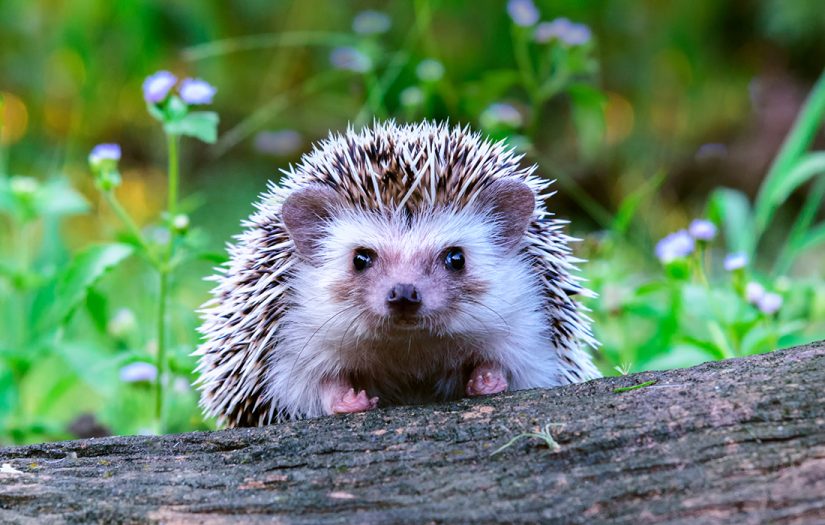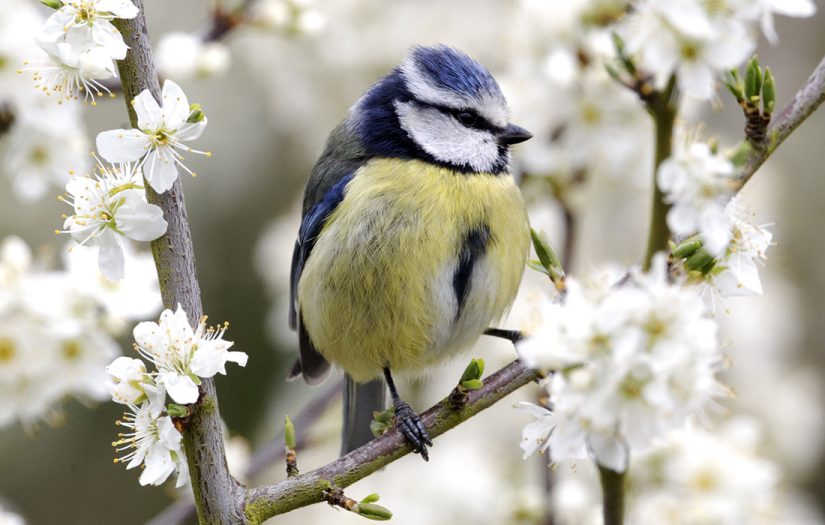How To Bring Your Lawn Back To Life
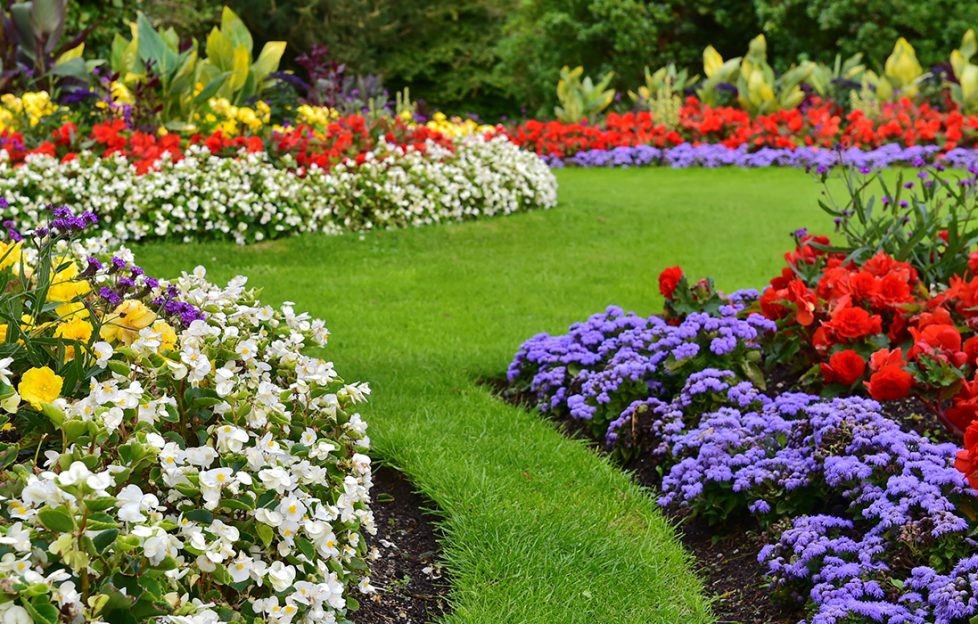
The Wildlife Trusts and Royal Horticultural Society (RHS) are calling on gardeners to consider their lawns for the benefit of wildlife
The Wildlife Trusts and Royal Horticultural Society charities are encouraging gardeners to experiment with a new look lawn as a way of supporting wildlife in their outdoor spaces. They are inviting people to raise the blade on their mower and cut their grass less regularly, embracing daisies, dandelions, clover and other naturally flowering plants
The benefits of longer grass
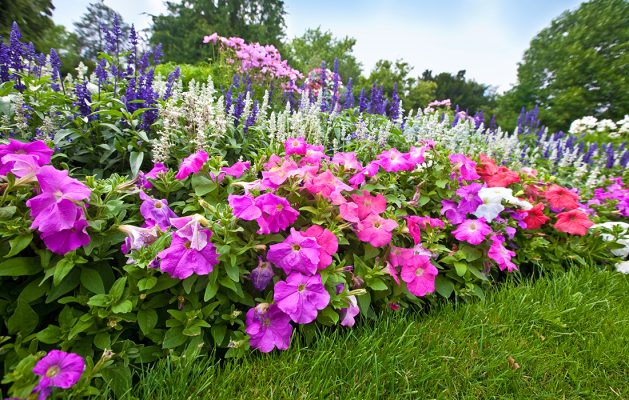
Colorful azaleas look good against a green, healthy lawn
Lawns left to grow long are shown to help mitigate flooding by better soaking up rainwater, counter the heat island effect in urban areas through their cooling properties, and capture pollutants. They are also better at resisting browning during dry spells than short grass owing to their longer roots. This means that their benefits continue into the height of summer. This provides all-important habitats for a whole host of insects including ants, bees and butterflies.
Five ways to bring your lawn back to life:
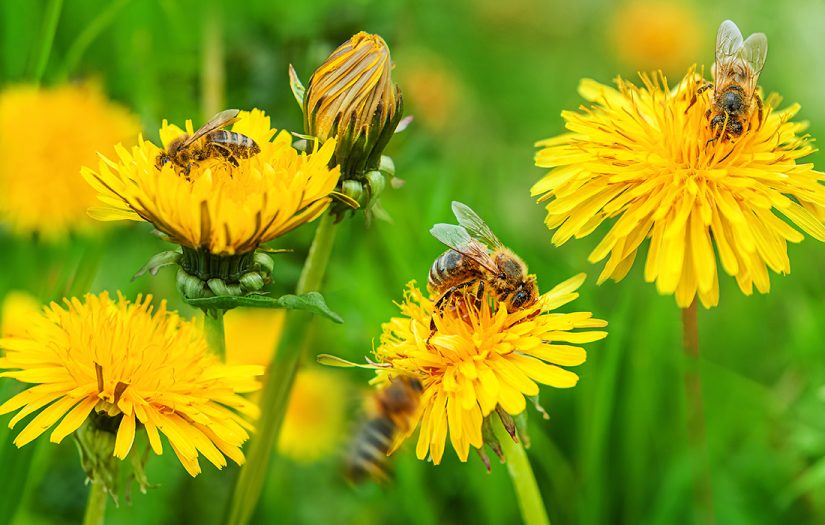
Bees pollinating yellow dandelion Pic: Shutterstock / Roma Likhvan
- Reduce the frequency of mowing to once every three to four weeks. This allows flowers such as dandelion and speedwell to bloom and help pollinators.
- Keep some areas short as pathways, sunbathing spots, and foraging areas for worm-eating birds. For the rest, let the grass grow a little longer, offering shelter to grasshoppers and other insects. In turn, these creatures are food for frogs, birds, and bats.
- Allow parts of your lawn to grow long for the whole summer. This allows caterpillars to feed and transform into butterflies and moths.
- Turn a blind eye to the odd bare patch within a lawn as these provide sites for ground nesting bees.
- If you do want a luscious green carpet, consider growing hardy yarrow within your lawn. Or, where there is limited footfall, experiment with a tapestry lawn and grow herbs and flowers such as chamomile and creeping thyme.
The Wildlife Trusts and RHS
Barnaby Coupe, land use policy manager of The Wildlife Trusts, says:
“Everyone can enjoy the beauty of longer lawns! Gardeners have spent too long battling against nature to maintain lifeless green carpets of closely cropped grass. It’s time to help nature and the climate by letting lawns live wilder and supporting a Serengeti in your back yard. Avoid plastic lawns – they will turn your gardens into lifeless deserts and end up in landfill!”
Helen Bostock, Senior Wildlife Specialist at the RHS, says:
“Lawns, while central to many garden designs, are often overlooked as important ecosystems in favour of the plants in beds that border them. But they’re home to a huge amount of wildlife and help mitigate the impact of climate change. We want to inspire people to get up close and personal with their lawns this year, discover what can be found in their swathes of green and dabble with new, more hands-off means of management.”
For more information on the benefits of lawns in gardens download a copy of the Bring your lawn to life guide.
Get more Gardening tips from the “Friend”.


